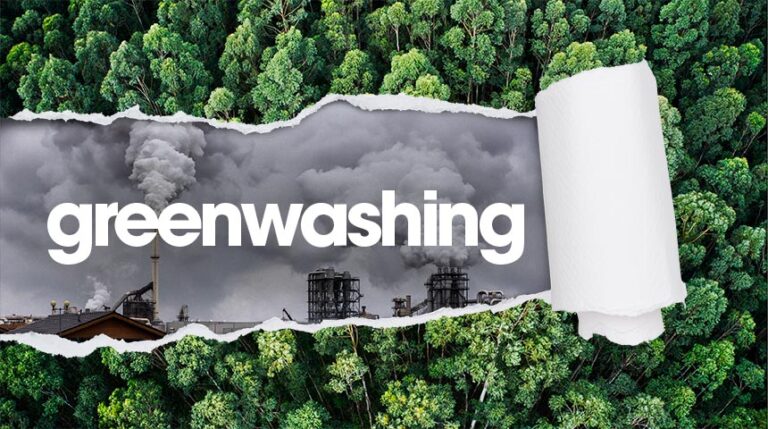
Greenwashing and how to spot it!
Greenwashing and how to spot it!
Greenwashing is a tactic that makes the consumer believe that their products minimize environmental damage but real data suggests the contrary. This trick benefits companies as they can tap into the growing demand for sustainable products and capitalize on it.
It is surely an unethical practice that can be hard to spot and often there is no evidence to back up a company’s eco-friendly claims. Moreover, what makes it so hard to decipher is its similarity with Green Marketing. Unlike greenwashing, green marketing provides its consumers with true evidence of its sustainability efforts.
How to check if a company is greenwashing or green marketing?
- Realistic Claims: Check if the environmental impact information by the company is not exaggerated to sound better than it is.
- Evidence-based: The company should provide proof of its eco-friendly claims.
- Certifications: The products should have been vetted by an authentic environment audit authority and its associated certificates.
The term was coined in 1986 by the environmentalist Jay Westerveld with a considerable change in tactics. Here are 3 key greenwashing tactics you as a consumer can look out for:
- Images that give an unreasonable green impression, for example, flowers blooming from exhaust pipes
- Lack of specificity, for example, failing to mention parts of the product that are renewable and non-renewable
- Only mentioning the positive aspects of a product and overlooking the negatives.

